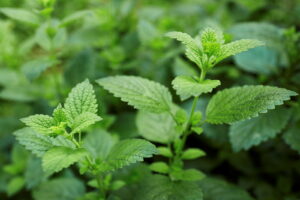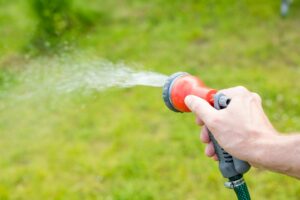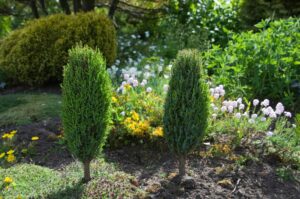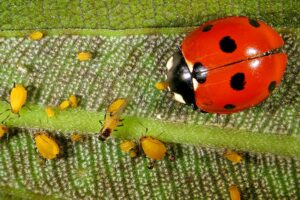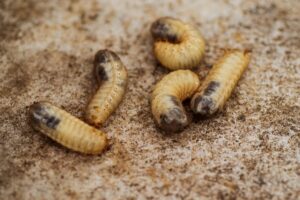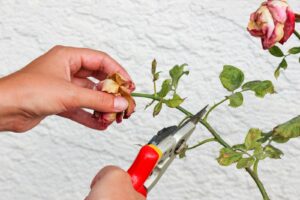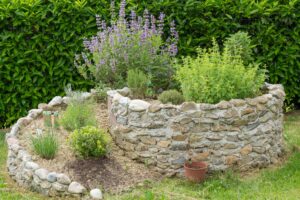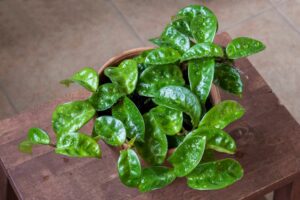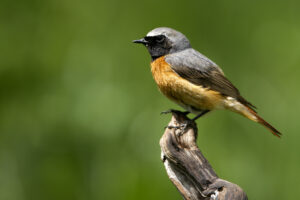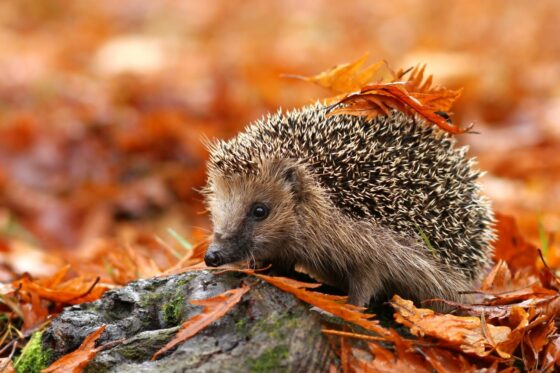DIY squirrel feeder: instructions & tips
Squirrels do not have it easy, especially in autumn and winter. We show you how to build a DIY squirrel feeder to help these little rodents.
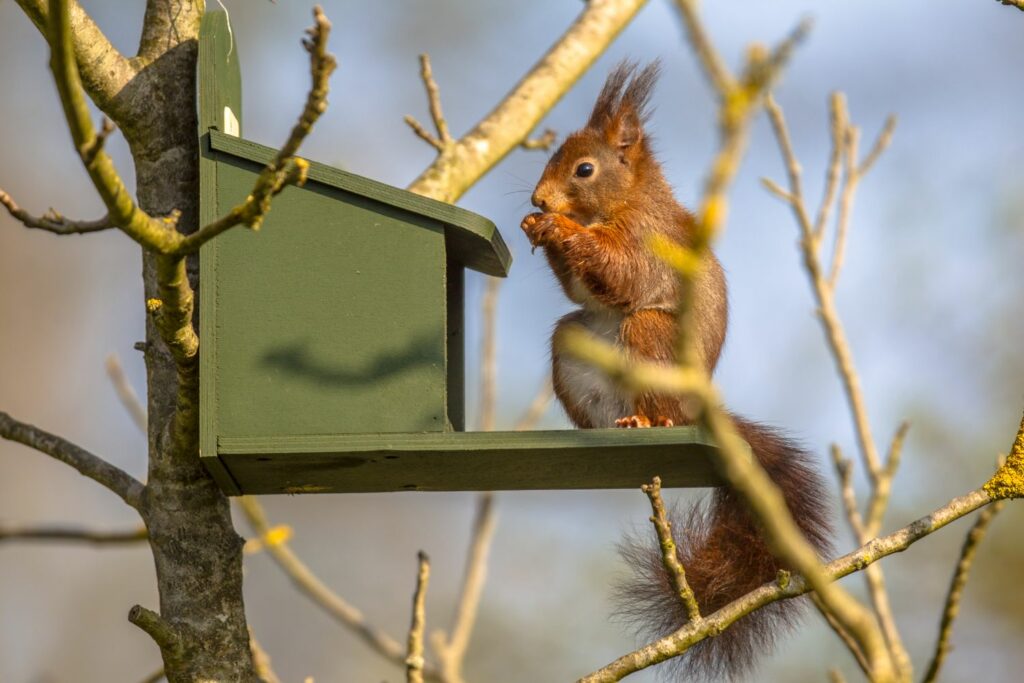
Hot summer, too little rain: the cute squirrels have a hard time finding food, especially during this autumn. Many trees have not developed nuts or only very few. With a little extra food, however, you can help these fluffy little animals to collect enough supplies for the winter. But how do you make sure the nuts get to the squirrels? Instead of just throwing them on the ground, where they might not be eaten by squirrels at all, but by mice, rats and more, a food box is a great idea for providing a feast for these cute animals. We show you how you can build your own feeder with a little handiwork.
Contents
DIY squirrel feeder
You will need the following materials if you want to help the squirrels in your area find food for the coming winter.
- Jigsaw, possibly a circular saw
- Drill and cordless screwdriver
- Screwdriver
- Sandpaper
- Smooth edge board (200 x 17 x 1.8 cm)
- Plexiglas (approx. 18 x 18.5 cm; 2 mm thick)
- Plastic plate (approx. 19 x 23 x 3 cm)
- Wooden strip (approx. 10 x 15 mm)
- Two hinges
- Four cylinder head bolts with matching nuts
- Countersunk wood screws (also known as quick-fix or Spax screws)
Instructions for building a squirrel food box
Below we explain step-by-step how you can build a food box for your nut-loving garden inhabitants with only a few materials.
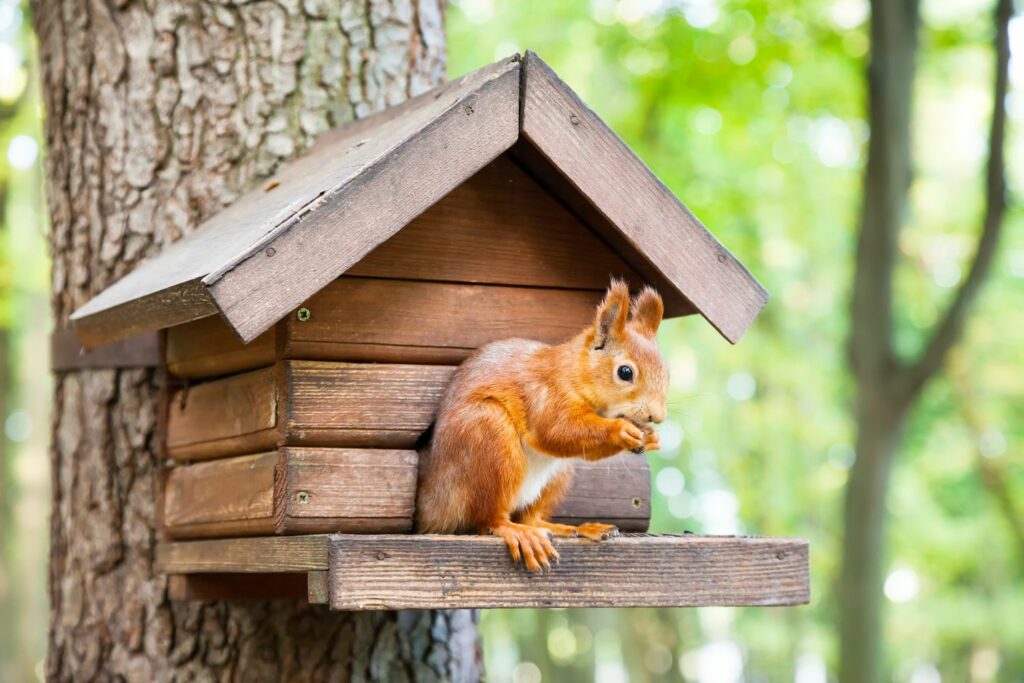
Basic structure of the squirrel feeder
The first step is to transfer the dimensions of the various parts onto the wooden board. Both the bottom and the back wall should have a dimension of 17 x 14 cm. The two side panels are each given a height of 28 cm on one side, but only 22 cm on the other. This will later create a sloped roof so that rainwater drains reliably. To ensure that both side pieces have the same slope, draw the two pieces right next to each other so that you only have to saw one slope.
Now, you can carefully saw out the individual parts using the jigsaw. For the floor and back wall, you should around the corners so that there are no sharp edges on which the rodents can injure themselves. Carefully sand all saw edges with the sandpaper. This also minimises the risk of injury to humans and squirrels.
A groove (notch) is now sawn on the inside of both side walls, each 1 cm from the edge of the shorter side. This later serves as a fixation for the viewing pane, through which you can see if there is still enough food in the box. The groove is best done with a circular saw set to a cutting depth of 8 mm. Note: if you do not have a circular saw, you can alternatively build a guide from two square strips for the disc. So that you can hang the feeder later, you should drill two large holes in the top of the back wall because this is often difficult to do after assembly.
Assemble the squirrel feeder box
The side panels will later be attached to the outer edge of the bottom panel and the back panel. See whether the individual parts fit together and mark the places where they are to be connected with screws. Now you can pre-drill the holes to minimise the risk of cracking the wood when screwing. Then you can finally start screwing: first attach both side panels to the base plate and finally screw on the rear panel.

Since the dimensions of the finished house may vary slightly, you should re-measure the values for the Plexiglas pane. This should fit snugly into the groove (or guide), leaving a gap of about 2.5 cm between the top edge of the washer and the lid. If the plexiglass does not fit, it should be corrected with a saw blade for plastic. Then you can insert the Plexiglas pane into the groove (or guide rails) from above.
To stabilise the viewing window, a square strip is placed behind the pane and screwed on from the outside. Alternatively, the square bar can also be screwed to the washer so that you can easily remove the washer later to clean the box
Attach the roof of the squirrel feeder
Now the lid is missing: the edges should protrude 1 cm on each side, and even 2 cm on the front, to provide sufficient rain protection. Saw the plastic plate to fit and around off the corners with sandpaper. The finished lid can be attached to the back wall with two hinges.
Finally, you can add a lid stopper to prevent the lid from flipping all the way up or rainwater from running along the back wall into the box. To do this, simply screw a wooden strip to the back wall a few centimetres above the lid. The squirrels can then get the nuts out through the lid at the top of the feeder.
If you want to get creative, you can give the bird feeder a nice coat of paint. However, make sure that the paint is environmentally friendly and non-toxic so as not to endanger the squirrels. Even without a protective coating the feeders often last for years.

Quick guide to building a DIY squirrel feeder
- Mark and saw out parts. The bottom and back are 17 cm long, and the two side pieces are 28 cm on one side and 22 cm on the other, creating a slope.
- Around corners of bottom and back pieces and sand saw edges smooth.
- Saw groove for viewing panel in the shorter sides of the side panels.
- Drill holes for suspension in back wall.
- Mark and drill locations for screws; screw individual parts together.
- Cut the Plexiglas viewing window to size and insert it into the groove. 2.5 cm should be left free between the top edge of the pane and the lids.
- To reinforce the washer, place the square strip behind it and screw it in place.
- Saw the lid from a plastic sheet (1 cm overhang on the sides, 2 cm to the front).
- Sand edges and attach lid to back with hinges.
- Mount wooden strip as rain protection and lid stopper a few centimetres above the lid on rear wall.
- Option: treat feed box with environmentally friendly and non-toxic paint/varnish.
If you are also interested in how to easily build a bird feeder yourself, we have a special article on the subject here.


